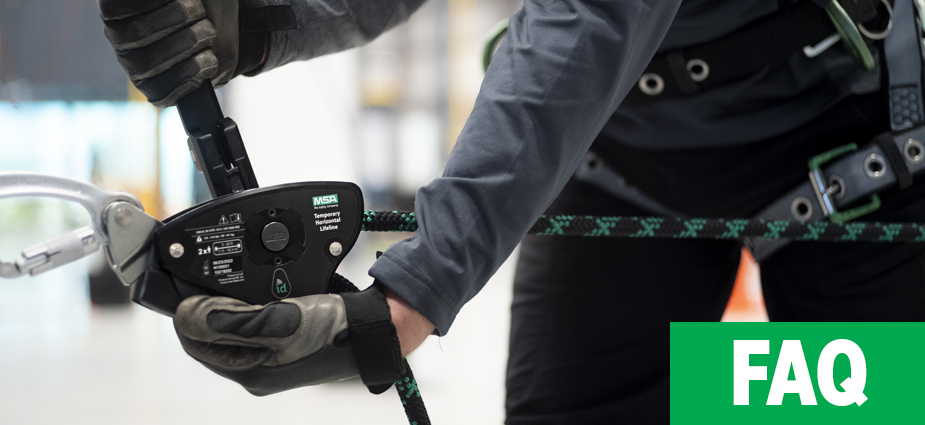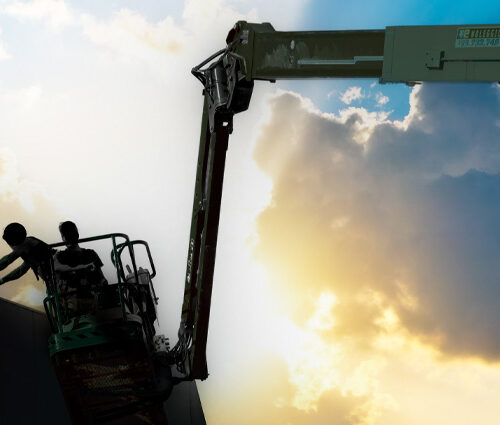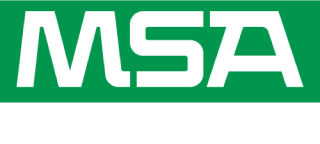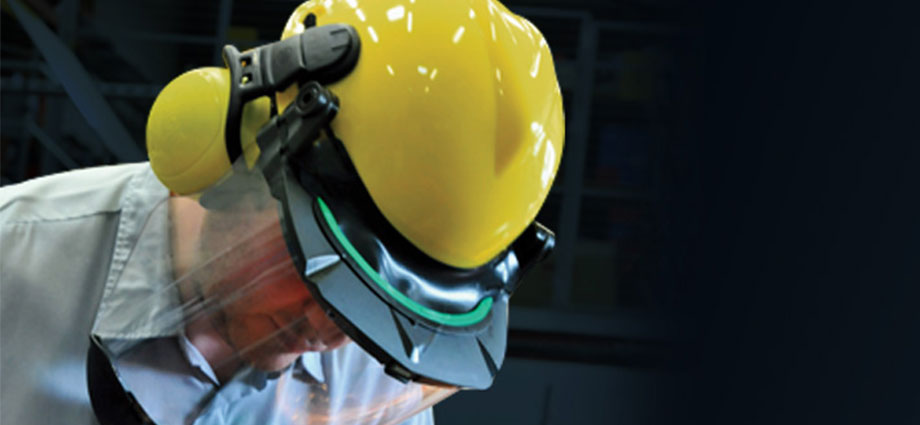
Whether choosing eye and/or face protection safety equipment as standalone gear or as integrated hard hat accessories, protective gear must be chosen by understanding and complying with the information contained in ANSI/ISEA Z87.1 – American National Standard for Occupational and Educational Personal Eye and Face Protection Devices.
ANSI/ISEA Z87.1-2020 is the sixth and most recent version of the voluntary industry consensus standard for eye and face protection. While it is a voluntary standard, it is codified by the U.S. Occupational Safety and Health Administration (OSHA) and requires employers to provide appropriate eye and face safety gear conforming to industry standards.
While much of the standard is essentially the same as previous iterations, it does allow for some relaxed optical criteria in some cases where a more stringent, historically imposed requirement isn’t necessary. However, most apply to non-industry operations such as first-responder, firefighting, and military personnel.
Industrial applications should still have an appropriate hazard assessment done for selecting the proper eye and face protection gear. This will also help determine if eye and face protection equipment is used as a standalone product or in conjunction with head protection as a hard hat accessory or add-on component.
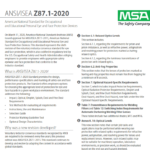
Additionally, emerging technologies not anticipated by the writers of past editions are taken into account in the 2020 version. This includes, but is not limited to, tolerances for automatic darkening welding filters, and determining the testing requirements for minimum coverage area with regards to headform testing of gear submitted by safety equipment manufacturers like MSA Safety.
What the ANSI/ISEA Z87.1-2020 means for you as an industry professional
Proper eye and face protection is essential for keeping workers from harm on the jobsite. A hazard analysis and safety assessment will provide the information needed, determining the potential hazards in the workplace. Once completed, you can use this standard to determine the products that meet the criteria for the hazards found and documented.
Compliant safety eyewear and face protection gear will be permanently marked with the appropriate ANSI Z87 stamps.
This stamp or permanent marking signifies that the equipment complies and has passed all the requirements of the standard, including testing. This includes any eye and face protection equipment designed for use as hard hat accessories.
The complete standard marking is used to help the end user select the proper gear for the application they encounter. However, certain hazardous exposures are not covered in the standard. Those not covered in the standard—listed in Section 2.1 Scope—include, but are not limited to, bloodborne pathogens, radio frequency radiation, lasers, and masers. Sports and recreation gear are also not included in the standard. See the full standard for a more complete listing of uncovered eye and face protection scenarios.
What hazards are included in the standard?
Quoting from Section 2.1:
This standard sets forth criteria related to the requirements, testing, permanent marking, selection, care, and use of protectors to minimize the occurrence and severity or prevention of injuries from such hazards as impact, non-ionizing radiation and liquid splash exposures in occupational and educational environments including, but not limited to, machinery operations, material welding and cutting, chemical handling, and assembly operations.
As can be seen, this standard covers the testing and marking requirements for many hazards found in the workplace environment. Another major component of the standard is found in Section 2.3 Application. Specifically referring to Paragraph 2.3.2, any eye and/or face protection equipment that bears the Z87 permanent mark:
shall meet all applicable requirements of this standard in its entirety. All components of eye and face protectors shall comply with the requirements of this standard. Accessories installed by the manufacturer shall not cause the protector to fail the requirements of this standard.
The paragraph goes on to require that:
Manufacturers of components, aftermarket components, accessories and complete protectors shall ensure that all required tests have been performed to demonstrate conformance.
In short, any additional components and accessories, including aftermarket parts, must be tested under the Z87.1 standard. If the markings are not present, the equipment has not been tested and approved for use. This includes any accessories available. It also includes any eye and face protection equipment used in conjunction with head protection gear as well.
What are your responsibilities as an end user, according to the standard?
According to Paragraph 2.3.3 of the standard, it cannot always be assured that compliance with the standard is met when accessories are added, or should components be replaced. Therefore, it’s the end user’s responsibility to select and install components to ensure compliance with the standard.
And Paragraph 2.3.4 requires that non-compliant components or accessories shall not be used with ANSI/ISEA Z87.1 compliant equipment.
Wearing properly tested and classified eye and face protection that is intended to work as a system with your hard hat is key to helping you and your employees stay safe on the jobsite. Don’t take chances on using safety equipment not designed for your specific work environment and potential hazards.
Make sure you perform your hazard analysis to choose your eye and face protection equipment based on and in compliance with OSHA regulations. Use gear that’s compliant with ANSI/ISEA Z87.1 – American National Standard for Occupational and Educational Personal Eye and Face Protection Devices. For example, all MSA V-Gard hard hats, frames, visors, and other accessories are all tested and approved together as a system and meet the requirements of the standard.
Download the whitepaper above to learn more about the updates to ANSI Z87.1 – 2020.


